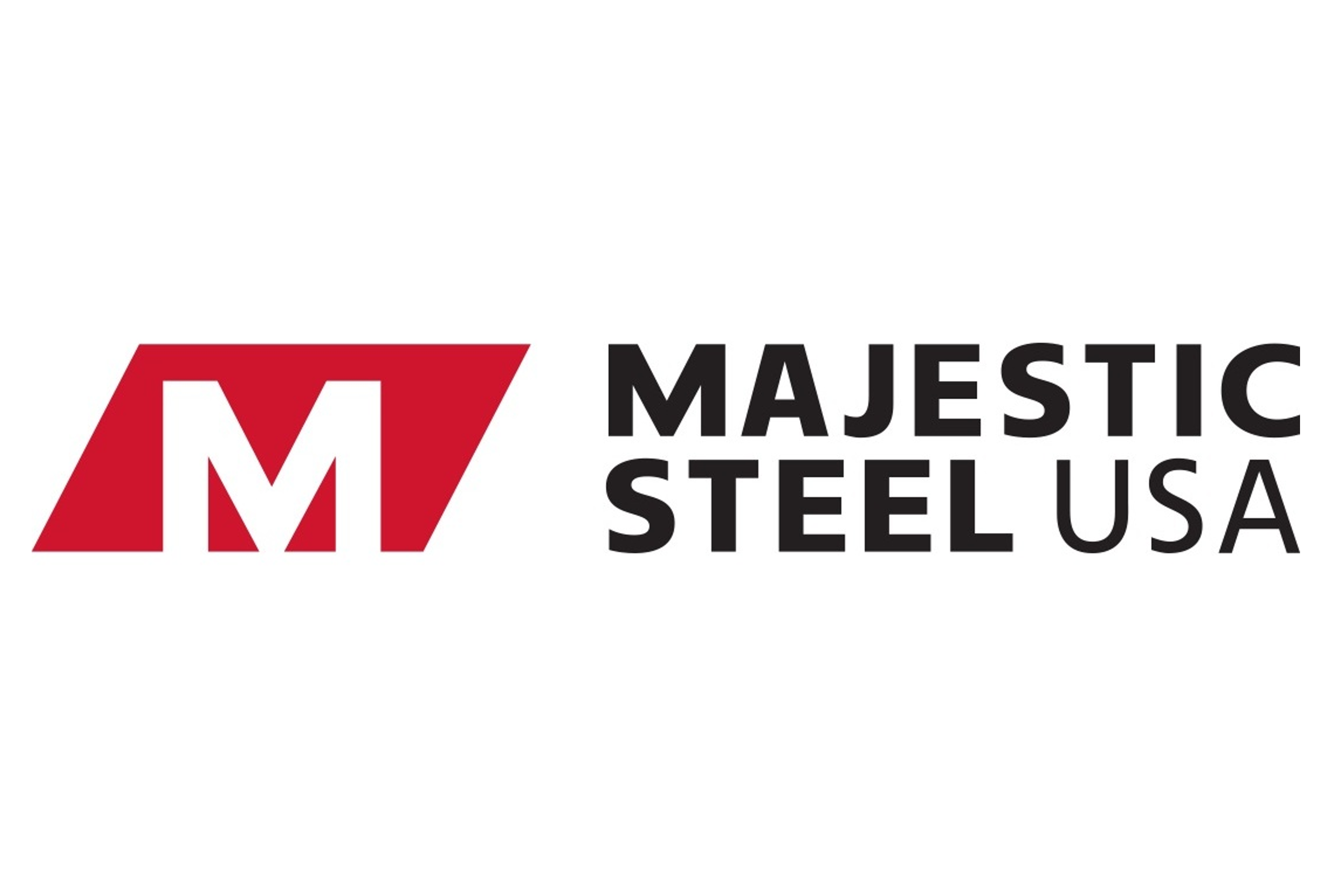Analysis

April 24, 2019
AGC: Immigration Reform Needed to Fill Construction Jobs
Written by Sandy Williams
The construction industry is struggling to fill labor demands and urges the government to allow the sector to bring in qualified guest workers from other countries.
Thirty-eight states added construction jobs between March 2018 and March 2019, while construction employment increased in 29 states between February and March, says a new analysis of Labor Department data by the Associated General Contractors of America.
“Although construction has added jobs in many states at a higher rate than the private sector as a whole in the past year, the record number of job openings at the end of February shows contractors would add even more workers if they could,” stated chief economist Ken Simonson. “There is no sign of a let-up in the demand for construction workers.”
The escalating number of jobs open in construction highlights the urgency of creating a way for contractors to bring qualified guest workers into the country, while still maintaining strict safeguards for American jobs and reducing incentives for illegal immigration, said AGC officials. The association urges enactment of the recently introduced Workforce for an Expanding Economy Act.
AGC analysis shows Texas added the most construction jobs over the year (28,300 jobs, 3.9 percent), followed by California (24,500 jobs, 2.9 percent), Florida (24,100 jobs, 4.5 percent), Arizona (16,800 jobs, 10.8 percent) and West Virginia (15,800 jobs, 44.6 percent). West Virginia added the highest percentage of construction jobs over 12 months, followed by Nevada (14.2 percent, 12,400 jobs), Wyoming (11.6 percent, 2,300 jobs), Alaska (10.9 percent, 1,700 jobs) and Arizona. Construction employment reached a record high in five states: New York, Oregon, Texas, Utah and Washington.
Eleven states and the District of Columbia shed construction jobs over the latest 12 months, while construction employment was unchanged in Nebraska. The largest job loss took place in Louisiana (-7,900 jobs, -5.2 percent), followed by Illinois (-4,700 jobs, -2.1 percent), South Carolina (-4,400 jobs, -4.2 percent) and Missouri (-4,300 jobs, -3.5 percent). Vermont had the steepest percentage loss of construction jobs over the 12-month span (-7.8 percent, -1,200 jobs), followed by Maine (-6.7 percent, -2,000 jobs), Louisiana, the District of Columbia (-5.9 percent, -800 jobs), South Carolina and Missouri.
Among the 29 states with one-month construction job gains between February and March, Washington added the largest number and percentage (14,800 jobs, 6.6 percent). Other states adding large numbers of construction employees included California (9,400 jobs, 1.1 percent), Texas (5,100 jobs, 0.7 percent), Florida (3,800 jobs, 1.1 percent), Minnesota (2,800 jobs, 2.2 percent) and New York (2,700 jobs, 0.7 percent). Minnesota added the second-highest percentage of construction jobs for the month, followed by Nevada (2.1 percent, 2,100 jobs) and Arkansas (2.1 percent, 1,100 jobs).
Construction employment decreased from February to March in 18 states and D.C. and was unchanged in Maine, Montana and New Hampshire. Pennsylvania lost the most construction jobs for the month (-1,800 jobs, -0.7 percent), followed by Illinois (-1,600 jobs, -0.7 percent), Kentucky (-1,200 jobs, -1.5 percent) and Nebraska (-1,100 jobs, -2.0 percent). Vermont had the largest percentage loss (-2.1 percent, -300 jobs), followed by Nebraska, D.C. (-1.9 percent, 300 jobs) and Kentucky.







